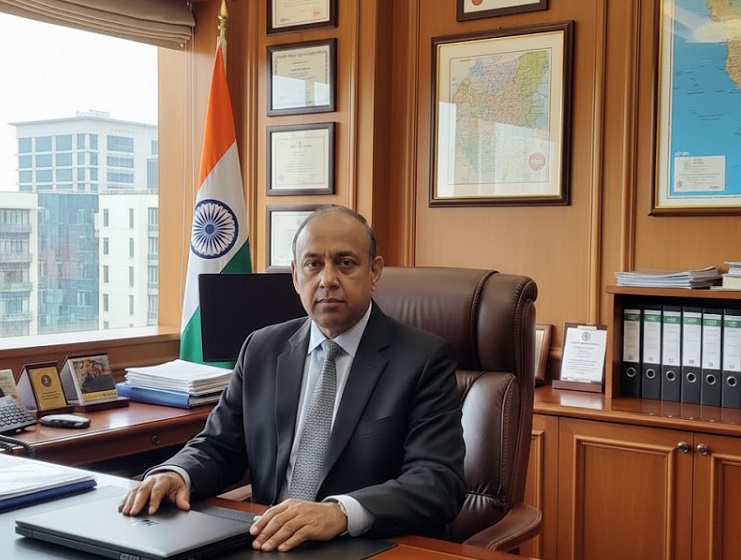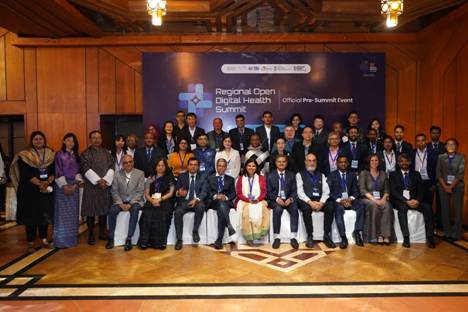by Cdr Sumit Ghosh
Lucknow: The Gujarat ATS recently arrested three persons including a Hyderabad-based doctor, for allegedly planning terror attacks using the toxin Ricin. The accused, Ahmed Mohiyuddin Saiyed (35), is reportedly a MBBS graduate from China, residing in Hyderabad and 02 other suspects are Azad Suleman Sheikh (20) and Mohammad Saleem Khan (23). They had 04 litres of castor oil (used to produce ricin), 03 pistol and about 30 live cartridges.
Their alleged plan was to manufacture a bioweapon RICIN, conduct reconnaissance in Delhi, Lucknow, Ahmedabad and contaminate public water supplies including temple prasads using the toxin.
Previous instances where either credible evidence or strong suspicion of biothreat use to kill or harm people are .
1. The 1984 Rajneeshee Bioterror Attack (USA) wherein followers of the cult led by Rajneesh Foundation contaminated salad bars in The Dalles, Oregon with the bacterium Salmonella typhimurium in an attempt to incapacitate the local population and influence elections. More than 750 people fell ill, though there were no reported fatalities.
2. Sverdlovsk anthrax leak (1979, Soviet Union) accidental release at a military facility in the former Soviet Union, spores of Anthrax (caused by Bacillus anthracis) were released, resulting in at least 68 deaths.
3. Suspected bioweapon claims around COVID‑19 (2020-2021) – Claims have circulated that COVID-19 was engineered or released intentionally as a bioweapon. (a quoted researcher from Wuhan Institute of Virology allegedly referred to the virus as a “bioweapon”. )
4. Weaponization/stock-piling of pathogens by States (Iraq’s program, Gulf War era)- During the first Gulf War, Iraq produced large quantities of Botulism toxin with intent as a biological weapon.
Truly speaking, biotechnology stands as both a beacon of progress and a potential harbinger of destruction. While genetic engineering, synthetic biology, and medical research have ushered in groundbreaking innovations in health and agriculture, these same technologies pose a dire threat when diverted toward the creation of biological weapons. The use or even the threat of bio weapons in conflicts represents one of the most terrifying dangers to humanity, alarmingly blurring the line between science and warfare.

Unlike conventional arms, they are invisible, insidious, and difficult to contain once unleashed. Diseases like anthrax, smallpox, plague, and botulinum toxin have been studied for their potential use in warfare, despite international prohibitions. The mere possibility of such pathogens being used as weapons poses an existential threat to global security and public health. Bioweapons ensure devastating efficiency at low cost. Advances in genetic modification now make it possible to engineer pathogens with enhanced virulence, resistance to treatment, or even the ability to target specific genetic traits. This convergence of biology and technology has amplified fears of a new era of “biological warfare 2.0,” where synthetic organisms could be designed to bypass immune defenses or environmental barriers.
Unlike nuclear weapons, whose effects are immediate and visible, biological attacks may take days or weeks to manifest. This delay complicates detection, attribution, and response. A deliberate biological attack could exploit similar vulnerabilities, but with far deadlier intent. Moreover, the psychological impact of invisible, contagious threats can fracture social trust and foster paranoia, amplifying their strategic value to aggressors. The 1972 Biological Weapons Convention (BWC) prohibits the development, production, and stockpiling of biological agents for hostile purposes. However, the treaty lacks robust verification mechanisms, leaving room for covert programs and violations. Furthermore, the dual-use nature of biotechnology where the same research can serve both medical and military goals complicates oversight and enforcement.
Preventing misuse of biotechnology requires global cooperation, transparency, and ethical responsibility. India must strengthen its biosafety regulations, enhance disease surveillance systems, and invest in rapid-response infrastructure. While our scientists, bear a moral duty to ensure their work serves humanity rather than harm, public awareness and education about biosecurity are essential for accountability and vigilance.
In cases of bioweapon usage, the intent matters, attribution is difficult, its scale is often poorly documented and the threshold for “major use” is ambiguous because even a limited release can have large consequences. Ultimately, the threat of bioweapons transcends borders and ideologies. It is a danger that unites all nations in shared vulnerability and thus, in shared responsibility.





